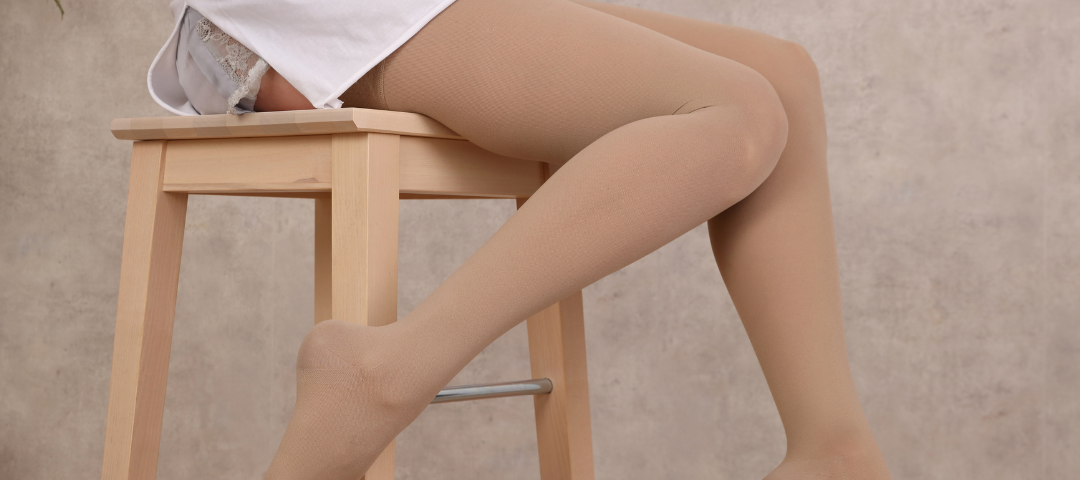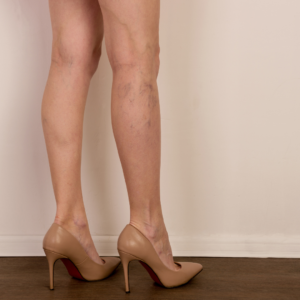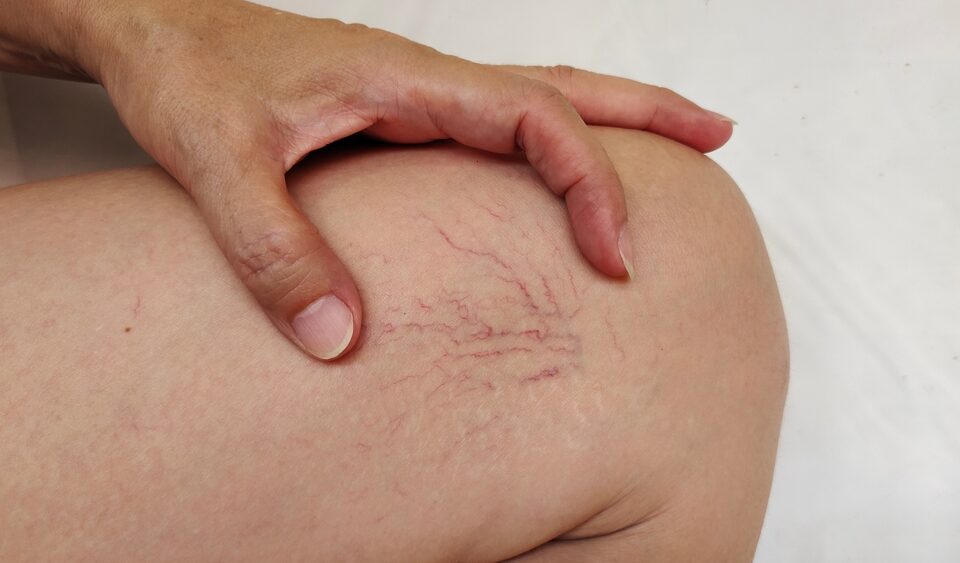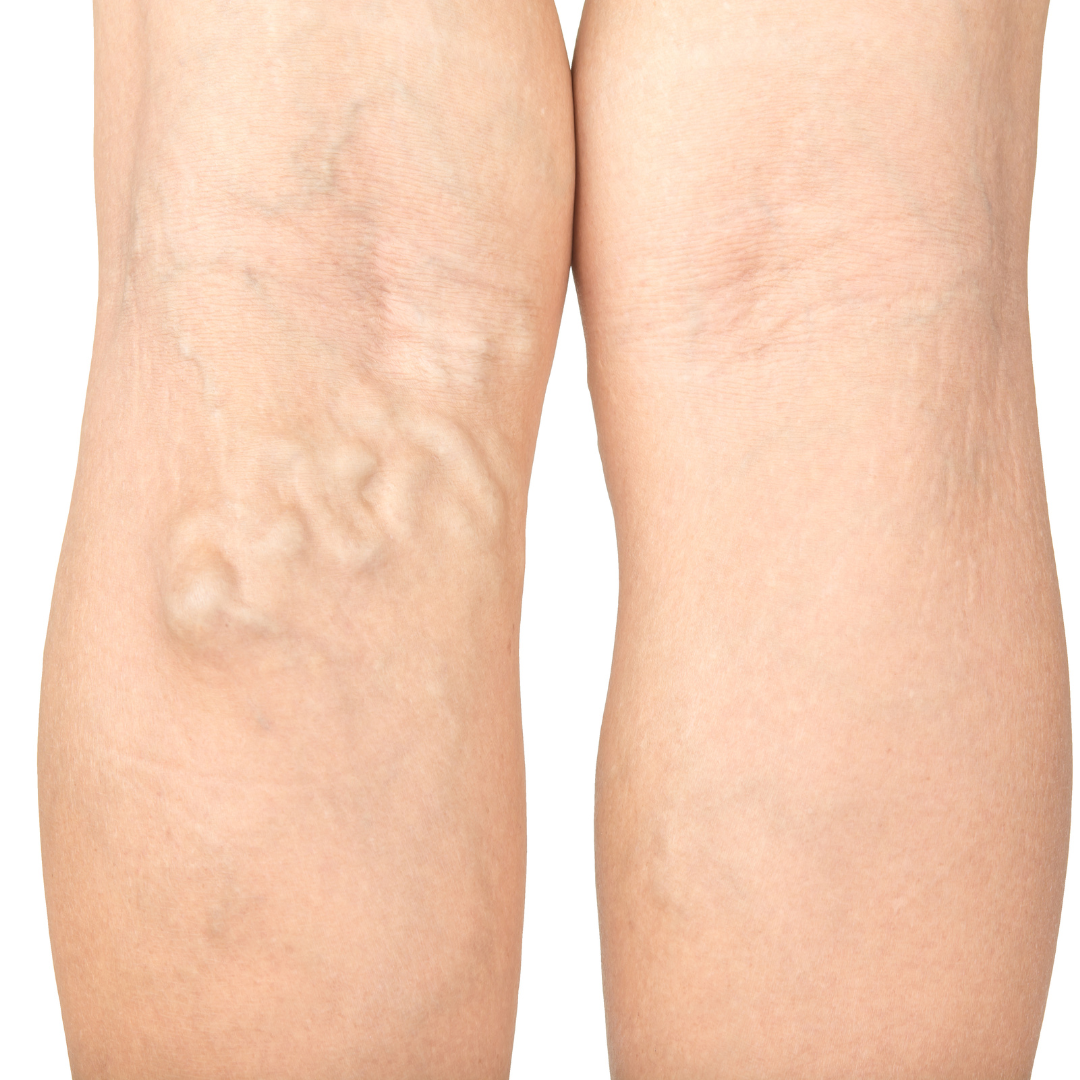
Symptoms of Varicose Veins Maryland
September 5, 2022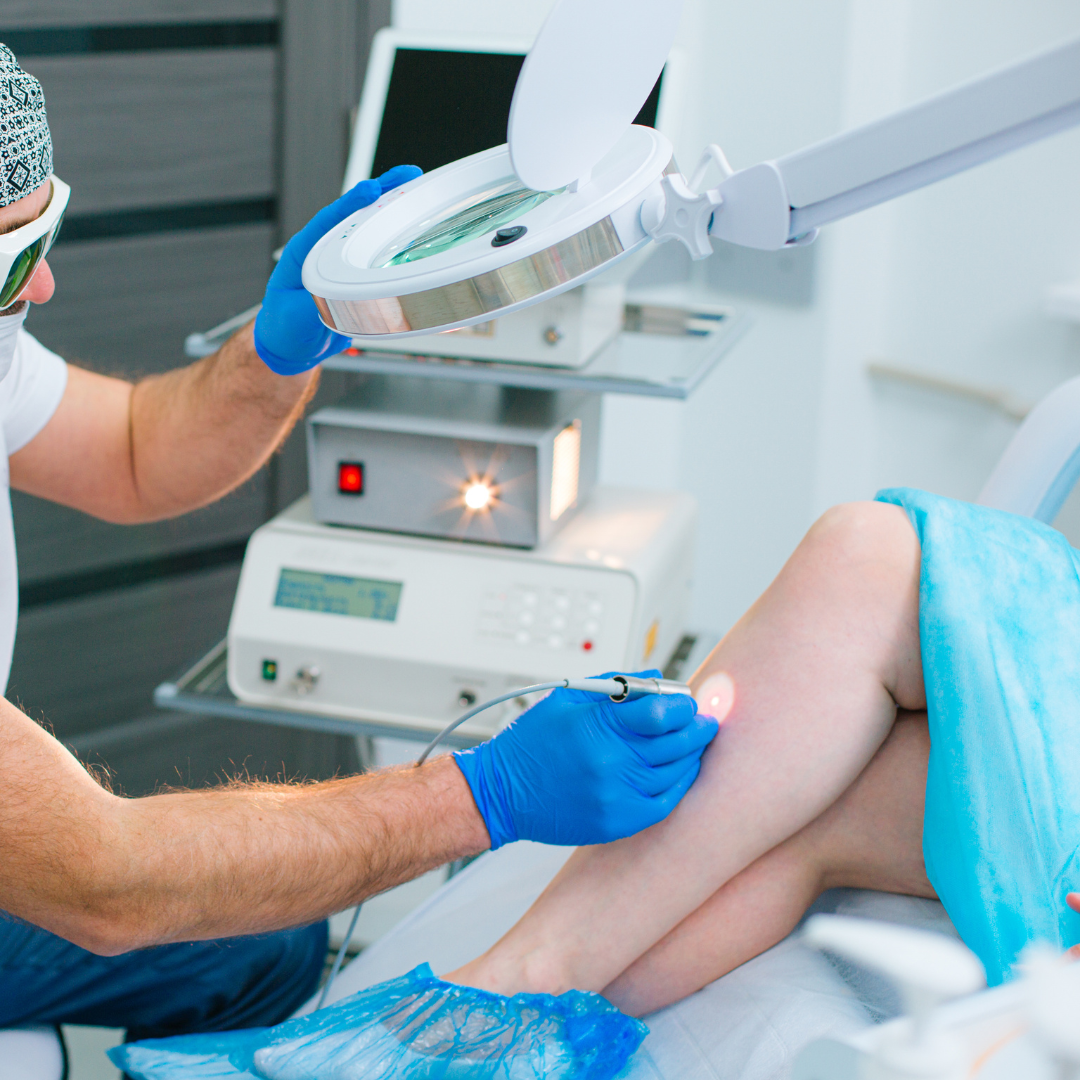
Laser Vein Treatment Maryland
September 12, 2022Venous reflux disease, or chronic venous insufficiency, is a condition that occurs when the veins fail to return blood to the heart properly. This is common in the legs and may cause uncomfortable symptoms, pain, and ulcers. Here’s an overview of the symptoms and treatment for venous reflux disease.
What is VRD?
Veins carry blood back to your heart so that it become oxygenated again. Veins contain one-way valves that prevent the blood from flowing backward. When these valves don’t work properly, the blood flows backward and impairs circulation. Venous reflux disease develops when the valves in saphenous veins are damaged or blocked. Saphenous veins run up and down the leg, returning blood from the feet, shins, and thighs to the heart.
When reflux occurs, it can cause the veins to widen, become thinner and weaker. This is one of the more common chronic health issues in the US, with around 40% of people experiencing it. VRD is progressive, meaning it gets worse over time. This is particularly true if it is left untreated.
Causes of VRD
Any condition that blocks the major veins in the leg or damages or weakens the valves can lead to VRD. These conditions include:
- Deep vein thrombosis
- Congenital defects
- History of blood clots
- Tumors or unusual growths
- Blockages in the veins of the groin or pelvis
- Vein wall weakness
Risk Factors
Some people are at a higher risk of developing venous reflux disease. This includes factors such as:
- Obesity or being overweight
- Lack of physical activity
- Pregnancy
- High blood pressure
- Constipation
- Heavy lifting
- Being female
- Prolonged standing
Treatment for Venous Reflux Disease
One of the best things you can do for VRD is to wear compression stockings. They help increase the pressure in veins and encourage good blood flow. There are also lifestyle changes that can you manage the condition. For severe cases, you may require treatment from a specialist.
If you would like to learn more about venous reflux disease or speak to a doctor about treatment options, please contact the Vein Center of Maryland today.


